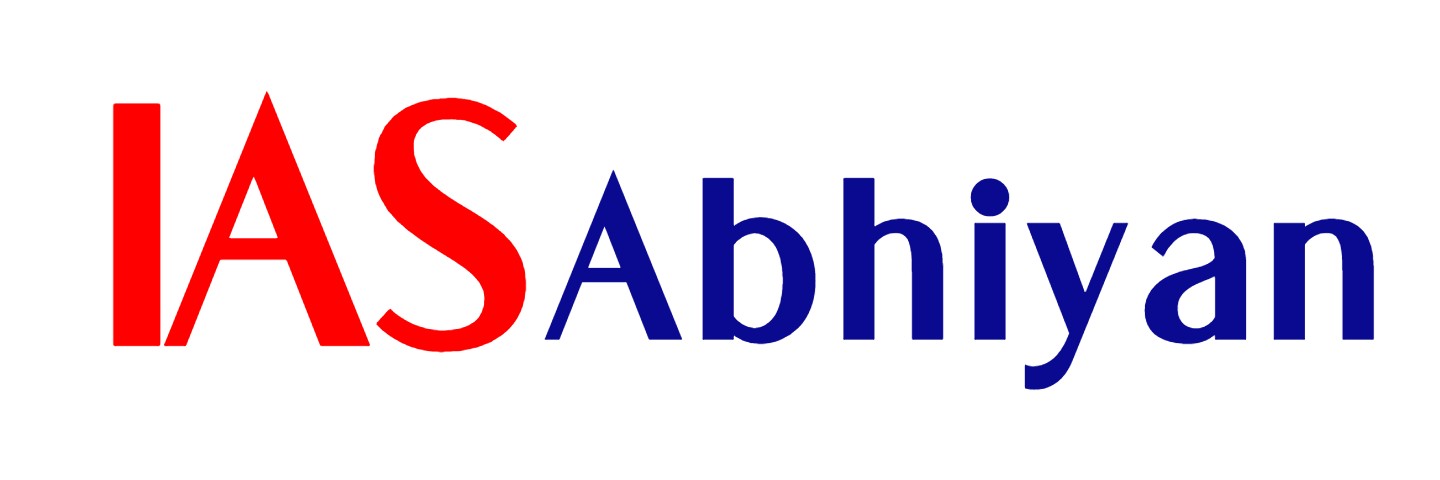Context:
- At least one in five Indian children under the age of five are ‘wasted,’ which means they have extremely low weight for their height, reflecting acute under-nutrition, according to the Global Hunger Index 2018.
- The only country with a higher prevalence of child wasting is the war-torn nation of South Sudan, says the report.
India’s Performance:
- Overall, India has been ranked at 103 out of 119 countries in the Index, with hunger levels in the country categorised as “serious”.
- India’s ranking has dropped three places from last year, although the Index says its results are not accurately comparable from year to year and instead provides a few reference years for comparable data. The 2018 scores reflect data from 2013-2017.
- India has shown improvement in three of the indicators over the comparable reference years. The percentage of undernourished people in the population has dropped from 18.2% in 2000 to 14.8% in 2018. The child mortality rate has halved from 9.2% to 4.3%, while child stunting has dropped from 54.2% to 38.4% over the same period.
- However, the prevalence of child wasting has actually worsened in comparison to previous reference years. It stood at 17.1% in 2000, and increased to 20% in 2005. In 2018, it stands at 21%.
Main indicators
- Four main indicators are used to calculate hunger levels in the report, which is a peer-reviewed publication released annually by Welthungerhilfe and Concern Worldwide. (The International Food Policy Research Institute was also involved with the publication until this year.)
- The first indicator is undernourishment, which is the share of the population which is undernourished and reflects insufficient caloric intake.
- The next three indicators use data for children under five: child wasting (low weight for height), reflecting acute under-nutrition; child stunting (low height for age), reflecting chronic under-nutrition; and child mortality.
- South Sudan’s child wasting prevalence is at 28%. Child wasting is high across South Asia, constituting a “critical public health emergency”, according to UN organisations. The report notes that wasting rates are highest for infants aged 0 to 5 months, suggesting that attention to birth outcomes and breastfeeding is important.
- Also, child wasting in the region is associated with a low maternal body mass index, suggesting the need for a focus on the nutritional status of the mother during pregnancy.
Source:TH
